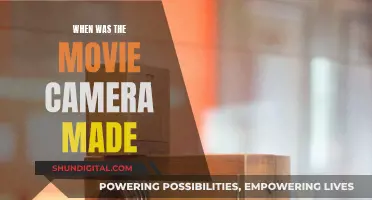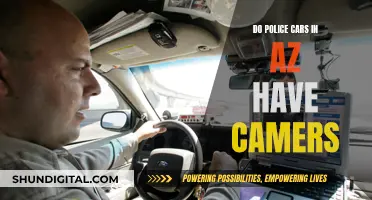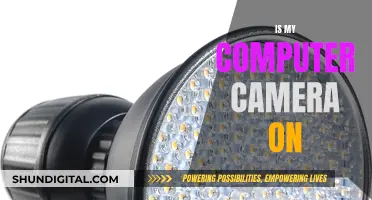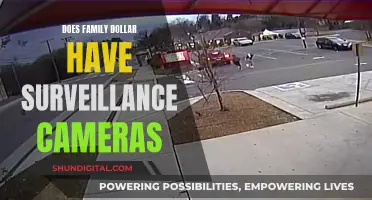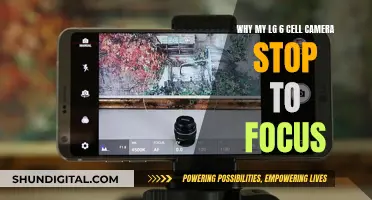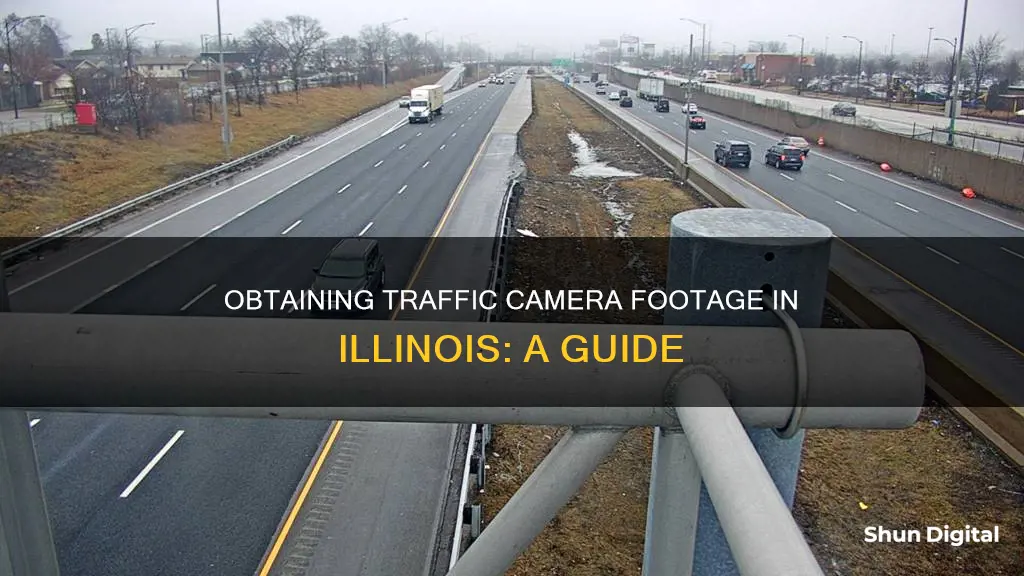
Traffic camera footage can be essential in proving liability in car accident cases. In Illinois, there are several types of traffic cameras, including red light cameras, traffic data cameras, and surveillance cameras, which are usually maintained by local transportation departments or law enforcement agencies. Obtaining traffic camera footage in Illinois can be challenging due to the involvement of third-party operators and the limited retention period for footage. However, individuals can increase their chances of accessing the footage by promptly reporting the accident to the police, identifying relevant cameras, and making a timely public records request to the appropriate agency. Working with an experienced car accident attorney can also streamline the process and ensure the preservation of crucial evidence.
| Characteristics | Values |
|---|---|
| Purpose of Traffic Cameras | To keep drivers safe and to catch traffic violations |
| Camera Types | Red light cameras, traffic data cameras, dash cams, police body-worn cameras, surveillance cameras |
| Camera Locations | Intersections, busy roadways, high-traffic areas, traffic signals, lights, work zones, safety zones, school zones, local roads |
| Camera Operators | Third parties, local department of transportation, law enforcement agencies, private organizations, news media |
| Obtaining Footage | Identify camera operators, send a preservation letter, request relevant agency, file a records request, work with an attorney, submit a Freedom of Information Act (FOIA) request |
| Footage Retention | Varies by source, typically a few days to a few weeks, red-light camera footage available for 2 years |
| Footage Usage | Evidence for car accident cases, liability determination, insurance claims, traffic enforcement, timing traffic signals |
What You'll Learn

Identifying relevant cameras
Research City Websites or Contact Local Police Departments
Most cities in Illinois have traffic cameras installed at intersections, busy roadways, and high-traffic areas. Official city websites often provide information on the locations of these cameras. Alternatively, you can contact the local police department, as they maintain records of traffic camera placements and can guide you in identifying potential camera locations near the accident scene.
Review Police Reports
Police reports contain detailed information about the location and time of an accident. By obtaining a copy of the police report, you can identify the specific intersection or area where the incident occurred. This information will be crucial in determining the nearby traffic cameras that may have captured the accident.
Identify Third-Party Cameras
In addition to city-operated cameras, many traffic cameras in Illinois are managed by third parties, such as private organizations or businesses. These cameras may be installed on their premises or vehicles for security or monitoring purposes. Identifying these third-party cameras can be challenging, but they may provide valuable footage of the accident.
Dashcams and Body-Worn Cameras
Dashcams installed in vehicles involved in the accident or nearby vehicles can provide crucial evidence. Additionally, Illinois police officers often utilise body-worn cameras that record real-time incidents. To access this footage, you will need to identify the officer who responded to the accident, their designation, and their precinct.
Surveillance Cameras on Business Premises and Residences
Security cameras installed on business premises and residential properties can also capture accidents, especially in parking lots or near roadways. After an accident, it is advisable to check with neighbouring businesses and homeowners to determine if they have security cameras that may have recorded the incident.
Remember, time is of the essence when requesting traffic camera footage, as most agencies only retain footage for a limited period. Taking prompt action and following the correct procedures will increase your chances of obtaining the necessary evidence to support your case.
Turo Cars: Are Cameras Watching You?
You may want to see also

Understanding legal requirements
Understanding the legal requirements for obtaining traffic camera footage in Illinois is essential. Here are the key points to keep in mind:
Timing is Crucial
Requests for traffic camera footage should be made as soon as possible, ideally within ten days of the incident. This is because the retention period for traffic camera footage varies, and it may be deleted or overwritten quickly. In some cases, security camera footage from personal and business settings may be kept for no more than 30 days. Therefore, acting promptly increases the chances of retrieving the required evidence.
Make a Records Request
To obtain traffic camera footage, individuals must file a public records request with the agency responsible for maintaining the cameras. This can be done via email, fax, or in person, depending on the jurisdiction. It is important to provide specific details, including the date, time, and location of the incident, as well as contact information, to facilitate the process.
Know the Types of Cameras
Illinois utilizes various types of traffic cameras, including traffic data cameras for monitoring and timing traffic flow, and red-light cameras for law enforcement. These cameras have different purposes and legal implications. Red-light cameras, for example, capture vehicles running red lights, while traffic data cameras collect data to improve traffic signal timing without issuing tickets.
Comply with Freedom of Information Act (FOIA)
To access public records such as traffic camera footage, individuals can submit requests under the Freedom of Information Act (FOIA). This requires detailed written requests to the organizations operating the cameras, while observing any relevant rules of discovery and confidentiality agreements.
Consult a Lawyer
The process of obtaining traffic camera footage in Illinois can be complex, especially when dealing with third-party operators. Consulting a lawyer can be beneficial as they can provide legal expertise and ensure compliance with all necessary requirements. Lawyers can also assist in preserving evidence and navigating the often challenging process of accessing footage from third-party operators.
Traffic Cameras in Michigan: Are They Legal?
You may want to see also

Navigating third-party operators
Third-party operators manage most traffic cameras in Illinois, which can make accessing footage a challenging process. Here are some steps to help you navigate this complex task:
Identify the operators
The first step is to identify which third-party organisation operates the relevant camera. This can be challenging, but you can start by researching the city's official website or contacting the local police department. They may be able to provide information on the camera operators in your specific area.
Understand the legal requirements
Once you have identified the third-party operator, it is important to understand the legal requirements for accessing their footage. In Illinois, you can submit a request under the Freedom of Information Act (FOIA). This requires a detailed written request to the organisation, complying with rules of discovery and any confidentiality agreements.
Make a timely request
It is crucial to act promptly, as traffic camera footage is often retained for a limited period. In Illinois, requests for traffic camera footage should be made within ten days of the incident to ensure the footage has not been deleted.
Seek legal assistance
Preserve the footage
If the third-party operator is uncooperative, you may need to take legal measures. In some cases, a subpoena may be necessary to compel the operator to provide the footage. Consult with a lawyer to discuss your legal options and determine if a subpoena is appropriate.
Remember that obtaining traffic camera footage in Illinois can be a complicated process, but with persistence and legal assistance, you can successfully navigate third-party operators and access the footage you need.
Caught on Camera: How to Know Your Traffic Offense
You may want to see also

Filing a records request
Step 1: Identify Relevant Traffic Cameras
The first step is to identify the specific traffic cameras that may have captured the incident. Most cities in Illinois have traffic cameras installed at intersections, busy roadways, and high-traffic areas. Research the official city website or contact the local police department to obtain information on camera locations. You can also refer to police reports, which contain details about the accident location, to identify nearby traffic cameras.
Step 2: Determine the Camera Operators
In Illinois, most traffic cameras are operated by third-party organisations, making it challenging to access the footage directly. It is important to identify the entities that operate these cameras. This information can be found on the city's website or by contacting the local transportation or law enforcement agencies. Understanding the camera operators is essential for directing your records request to the right organisation.
Step 3: Understand the Legal Requirements
It is crucial to understand the legal framework surrounding access to public records in Illinois. According to the Freedom of Information Act (FOIA), individuals can submit requests for public records, including traffic camera footage. However, it is important to act promptly, as footage may be deleted or overwritten due to storage limitations. Requests should ideally be made within ten days of the incident to increase the chances of footage availability.
Step 4: Submit a Detailed Records Request
To obtain traffic camera footage, you must file a public records request with the agency responsible for maintaining the cameras. This can usually be done via email, fax, or in person, depending on the specific jurisdiction. Provide specific details about the incident, including the date, time, and location, as well as your contact information. This information will help the agency locate the relevant footage and respond to your request promptly.
Step 5: Consider Legal Assistance
Accessing traffic camera footage can be a complex and time-consuming process. Working with an experienced attorney can be beneficial. They can provide legal expertise, ensure compliance with FOIA requirements, and handle the records request on your behalf. Additionally, an attorney can assist in preserving evidence, identifying all relevant cameras, and protecting your rights throughout the process.
Smart Doorbell Camera Options Without Monthly Fees
You may want to see also

Working with an attorney
Attorneys can help you navigate the complex process of obtaining traffic camera footage, which often involves dealing with third-party operators and understanding legal requirements. They can guide you on the specific procedures to follow and the deadlines to meet. This is crucial as the retention period for traffic camera footage varies, and prompt action is necessary to prevent footage from being deleted or overwritten.
An attorney can also help you determine the jurisdiction of the camera and identify the correct agency to contact. They can advise you on the necessary details to provide when requesting the footage, such as the date, time, and location of the incident. They can also assist in reviewing the footage to identify important details related to the cause of the accident and responsible parties.
In some cases, a subpoena may be required to obtain traffic camera footage. An attorney can help you obtain the necessary subpoena and provide legal advice throughout the process. They can also represent your interests and ensure your rights are protected.
Additionally, an attorney can be valuable in negotiating with insurance companies. They can advocate for your rights and fair compensation during settlement discussions. Their expertise in car accident cases can help you navigate potential predatory practices and enhance your claim.
Ohio Camera Tickets: What Happens When You Don't Pay?
You may want to see also
Frequently asked questions
Traffic camera footage can serve as concrete evidence to prove liability in car accident cases. It can also be used to strengthen your case and negotiate with insurance companies.
The retention period for traffic camera footage varies by source. In Illinois, you can review 24-hour streaming video from red-light cameras for up to 30 days, and video footage of red-light violations is available for two years. However, security camera footage from businesses and residences may not be kept beyond 30 days and can be overwritten sooner.
To obtain traffic camera footage in Illinois, you should first report the accident to the police and obtain a copy of the police report. Then, identify the nearby traffic cameras that may have captured the incident. You can research the city's official website or contact the local police department for this information. Finally, file a public records request with the agency responsible for maintaining the cameras, providing specific details about the accident and your contact information.
There are several types of traffic cameras in Illinois, including red-light cameras, traffic data cameras, surveillance cameras, and automated speed enforcement cameras.
If the traffic camera footage has been deleted or overwritten, you may need to rely on alternative sources of evidence, such as eyewitness recordings, social media posts, or other types of security camera footage from nearby businesses or residences.


